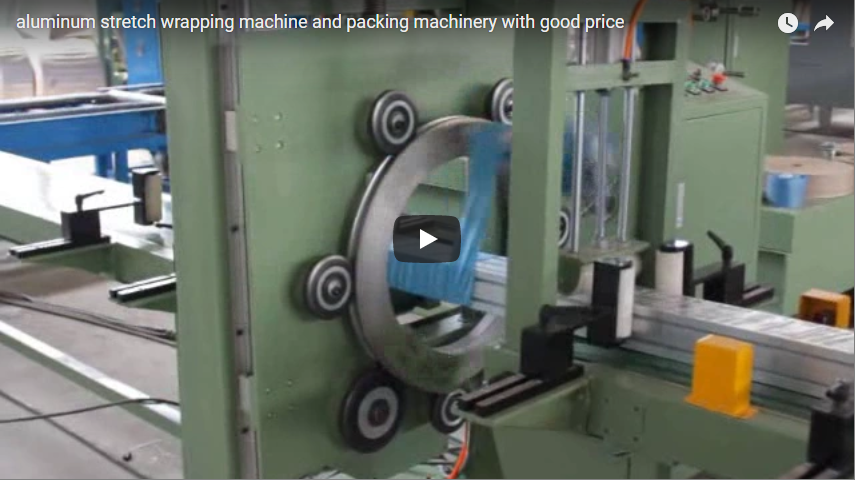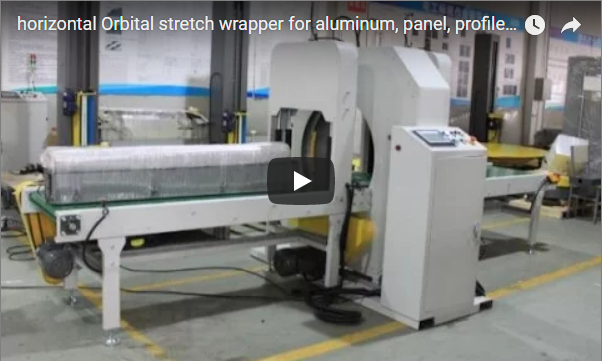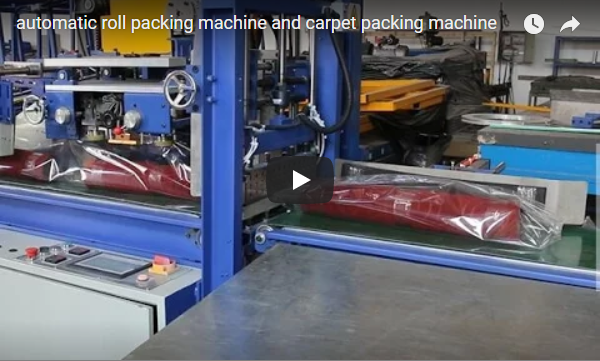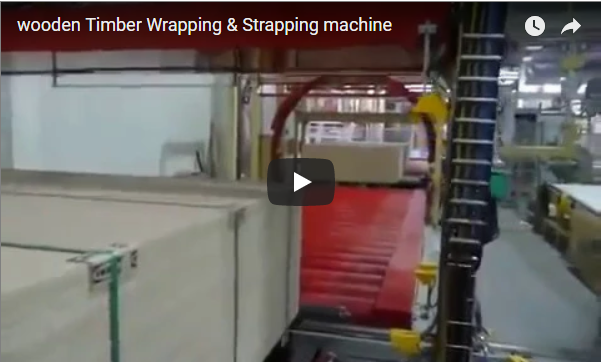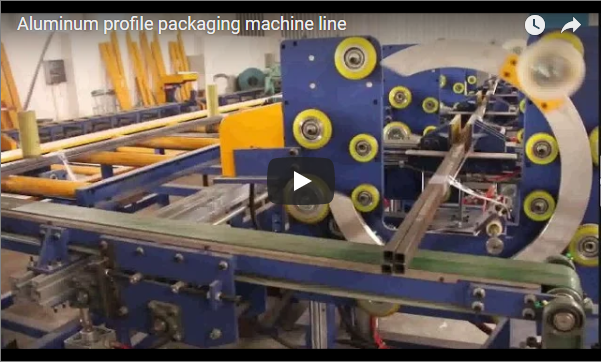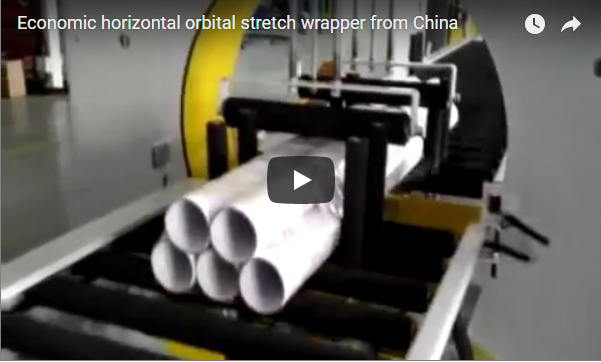Enhancing Door Panel Protection: A Deep Dive into Automatic Orbital Stretch Wrappers with Bubble Film
The challenge of safely transporting large, relatively flat, and often delicate items like door panels requires specialized packaging solutions. Standard methods can fall short, leading to costly damage from scratches, impacts, and shifting during transit. An increasingly adopted solution in the furniture and building materials industry is the automatic orbital stretch wrapper, particularly models incorporating bubble film application for enhanced cushioning. This article delves into the technical aspects, operational benefits, and practical considerations of these advanced packaging systems.
1. The Engineering Challenge: Safeguarding Door Panels
Door panels present unique packaging hurdles:
- Large Surface Area: Prone to scratches and abrasions.
- Defined Edges & Corners: Susceptible to impact damage.
- Varying Weights & Materials: Requiring consistent load containment.
- Handling Constraints: Manual wrapping is often inefficient, inconsistent, and labor-intensive.
Addressing these requires a solution that provides both secure unitization and robust surface protection.
2. Operational Breakdown: How the Orbital Wrapper Functions
Unlike traditional turntable wrappers where the load rotates, an orbital (or horizontal) wrapper keeps the long product stationary while a wrapping mechanism revolves around it. The typical process for a machine integrating bubble film involves:
- Infeed: Door panels are conveyed into the wrapping zone, often automatically indexed.
- Product Sensing: Photo-eyes detect the leading and trailing edges of the panel to initiate and terminate the wrapping cycle precisely.
- Bubble Film Application (Optional First Stage): In some configurations, a layer of bubble film is dispensed and applied longitudinally or loosely draped before stretch wrapping begins. More commonly, the bubble film is integrated with the stretch film roll or applied concurrently via a secondary dispenser on the rotating ring.
- Orbital Stretch Wrapping: A rotating ring or arm, carrying the stretch film roll (and potentially the bubble film roll), orbits around the door panel as it moves horizontally through the machine's aperture. The film carriage dispenses the film under controlled tension.
- Film Overlap Control: The system precisely controls the ring speed relative to the conveyor speed to ensure consistent film overlap for secure containment.
- Film Cut and Seal: Upon cycle completion, an automated system clamps, cuts, and seals or wipes the film tail against the load, preparing the machine for the next panel.
- Outfeed: The fully wrapped panel is conveyed out of the machine.
3. Key Technical Specifications and Considerations
When evaluating an automatic orbital wrapper with bubble film capability, engineers and procurement managers should consider:
- Product Dimensions Compatibility:
- Maximum Length (L): Often theoretically unlimited, depends on conveyor setup.
- Maximum Width (W): Crucial for aperture size (e.g., up to 1200mm).
- Maximum Height (H): Determines the ring diameter needed (e.g., up to 2400mm).
- Minimum Dimensions: Important for handling smaller items if required.
- Machine Performance:
- Ring Speed: Variable, typically 20-60 RPM, impacting throughput.
- Conveyor Speed: Adjustable, often 5-15 m/min, synchronized with ring speed.
- Throughput: Panels per hour (depends heavily on panel length and wrap parameters).
- Film Delivery System:
- Film Type: Stretch film (LLDPE), Bubble Film.
- Stretch Film Pre-stretch: Powered systems offering ratios up to 250-300% for material savings.
- Film Tension Control: Electronic, ensuring consistent load containment without crushing.
- Film Roll Specifications: Core diameter (e.g., 76mm), Max Outer Diameter (OD), Film Width (e.g., 500mm for stretch, potentially wider for bubble).
- Control System:
- PLC: Programmable Logic Controller (e.g., Siemens, Allen-Bradley) for reliable automation.
- HMI: Human-Machine Interface (touchscreen) for parameter setting, diagnostics, and operation.
- Wrap Programs: Ability to store multiple wrapping recipes for different products.
- Construction and Power:
- Frame: Heavy-duty steel construction for stability and longevity.
- Power Requirements: Voltage/Phase/Frequency (e.g., 480V/3Ph/60Hz).
- Compressed Air: Required pressure and consumption (CFM/LPM) for pneumatic components.
- Optional Features:
- Top Sheet Dispenser: For added top surface protection.
- Integrated Weighing System.
- Safety Fencing and Light Curtains: Essential for operator safety (conforming to standards like CE or OSHA).
4. The Dual-Action Advantage: Integrating Bubble Film
While stretch film excels at load stabilization and preventing items from shifting, it offers limited cushioning against impacts and abrasion. Adding a bubble film layer provides:
- Impact Absorption: Air-filled bubbles cushion against bumps and drops.
- Scratch Prevention: Creates a soft barrier between the product surface and the outer stretch film or external environment.
- Void Fill (Minor): Can help fill small gaps around irregular shapes.
The integration method (separate application vs. combined dispensing) impacts machine complexity and film loading procedures. Combining them on the same ring simplifies the machine footprint but may require specialized film rolls or careful setup.
5. Performance and Efficiency Gains: A User Perspective
From an operational standpoint, investing in such a system yields significant benefits:
- Reduced Labor Costs: Automates a previously manual or semi-automatic process, freeing up personnel.
- Increased Throughput: Wraps panels significantly faster than manual methods, crucial for high-volume production.
- Consistent Wrap Quality: Eliminates variability inherent in manual wrapping, ensuring every panel receives the same level of protection with optimized film tension.
- Enhanced Product Protection: The dual action of stretch and bubble film drastically reduces transit damage, leading to fewer customer complaints, returns, and replacements.
- Optimized Material Usage: Powered pre-stretch systems maximize stretch film yield, while automation ensures only the necessary amount of bubble film is applied, reducing waste compared to manual guesswork.
6. Integration and Safety in the Production Line
These wrappers are designed to be integrated into automated production or packaging lines. Considerations include conveyor heights, communication protocols with upstream and downstream equipment (e.g., saws, stackers, palletizers), and ensuring adequate space. Safety is paramount; robust guarding, interlocked access doors, emergency stop circuits, and light curtains are essential features to protect operators during operation and maintenance.
7. Environmental and Cost Factors
Modern stretch films are often recyclable (check local capabilities, typically LDPE #4). Bubble film is also frequently made from recyclable polyethylene. While the initial investment is higher than manual methods, the ROI is realized through:
- Lower labor costs.
- Reduced film consumption per load (due to pre-stretch).
- Minimized product damage and associated costs (returns, replacements, reputation).
- Increased operational efficiency and throughput.
Conclusion
The automatic orbital stretch wrapper with bubble film covering represents a sophisticated and highly effective solution for packaging door panels and similar large, flat products. By combining secure load containment with essential cushioning, these machines address key vulnerabilities during handling and shipping. The technical advancements in control systems, film delivery, and safety features provide manufacturers with a reliable, efficient, and cost-effective method to ensure their products arrive at their destination in pristine condition, enhancing customer satisfaction and protecting the bottom line.
For more details on horizontal wrapping solutions:
https://www.fhopepack.com/Horizontal_wrapping_machine.html
Contact us for inquiries: info@fhopepack.com

